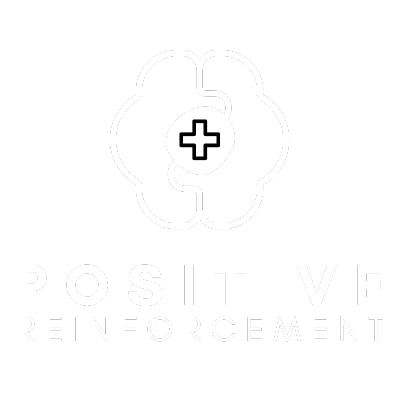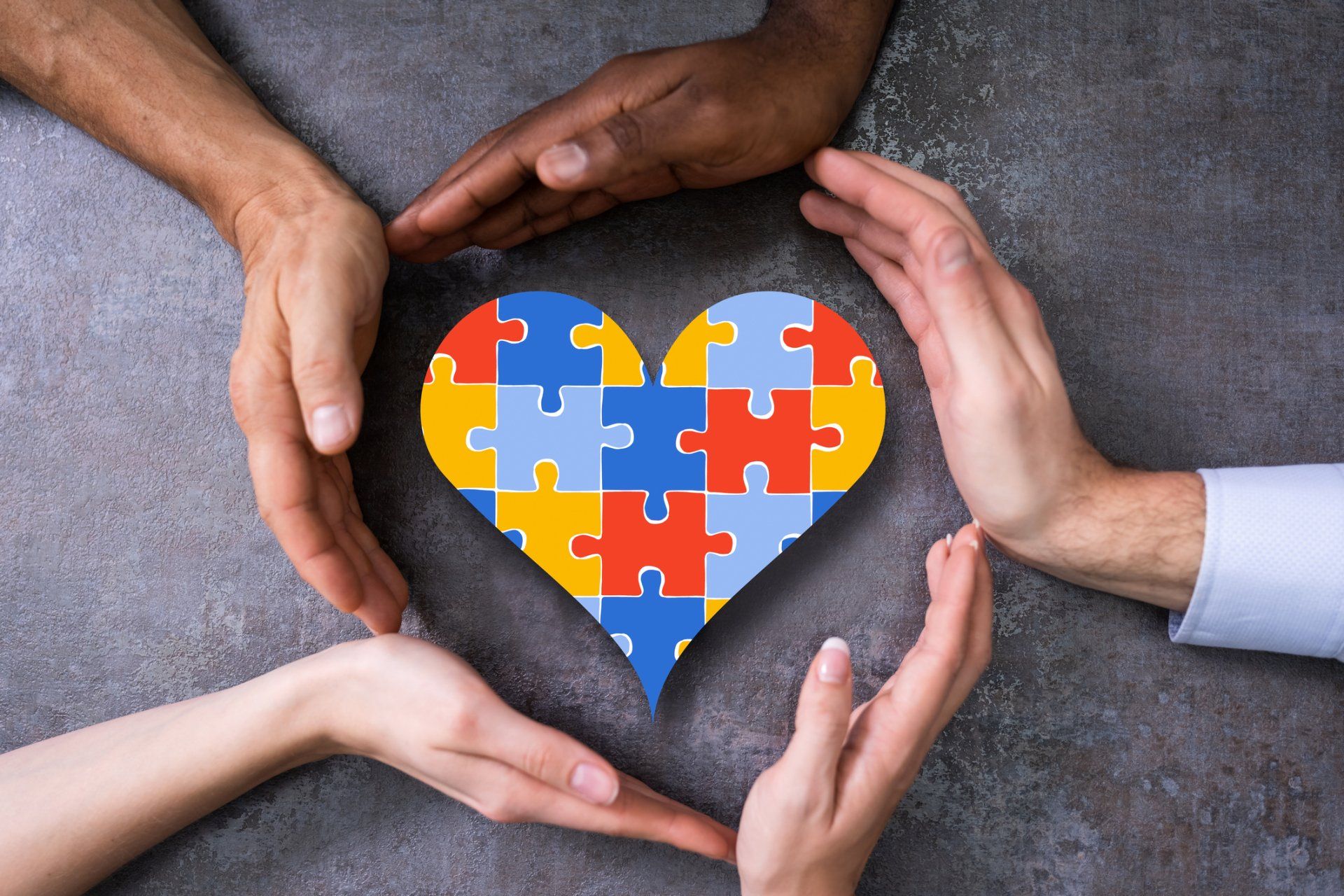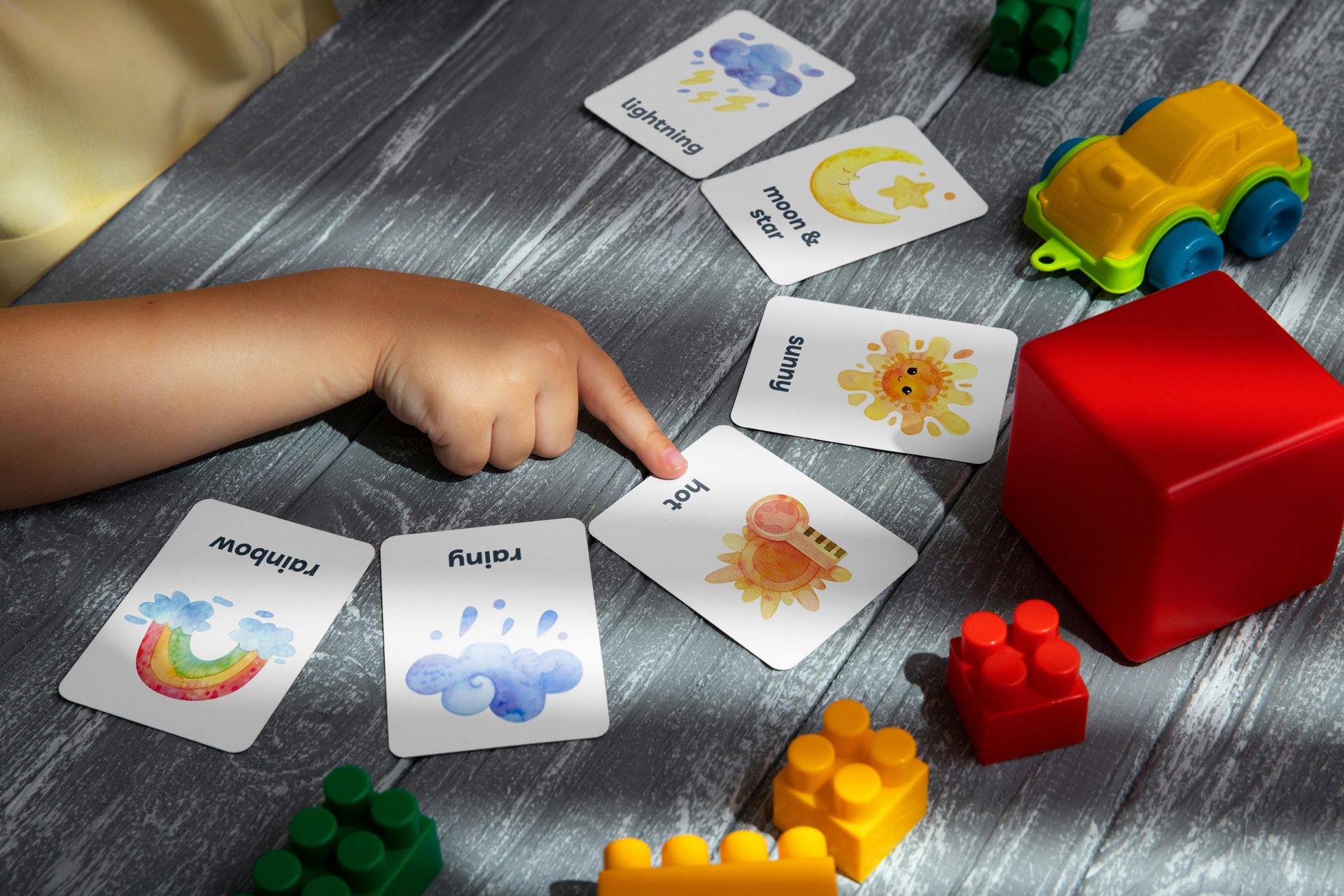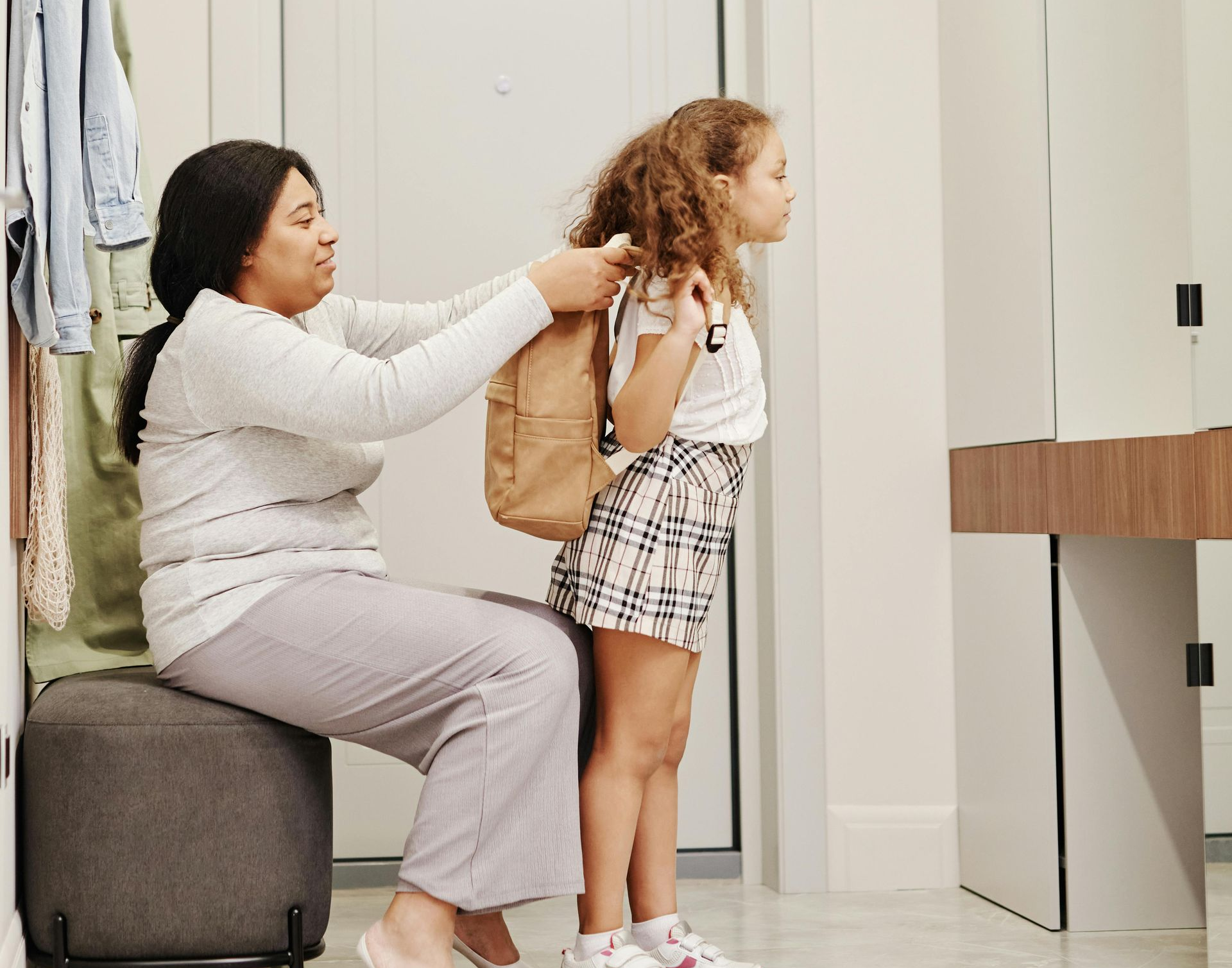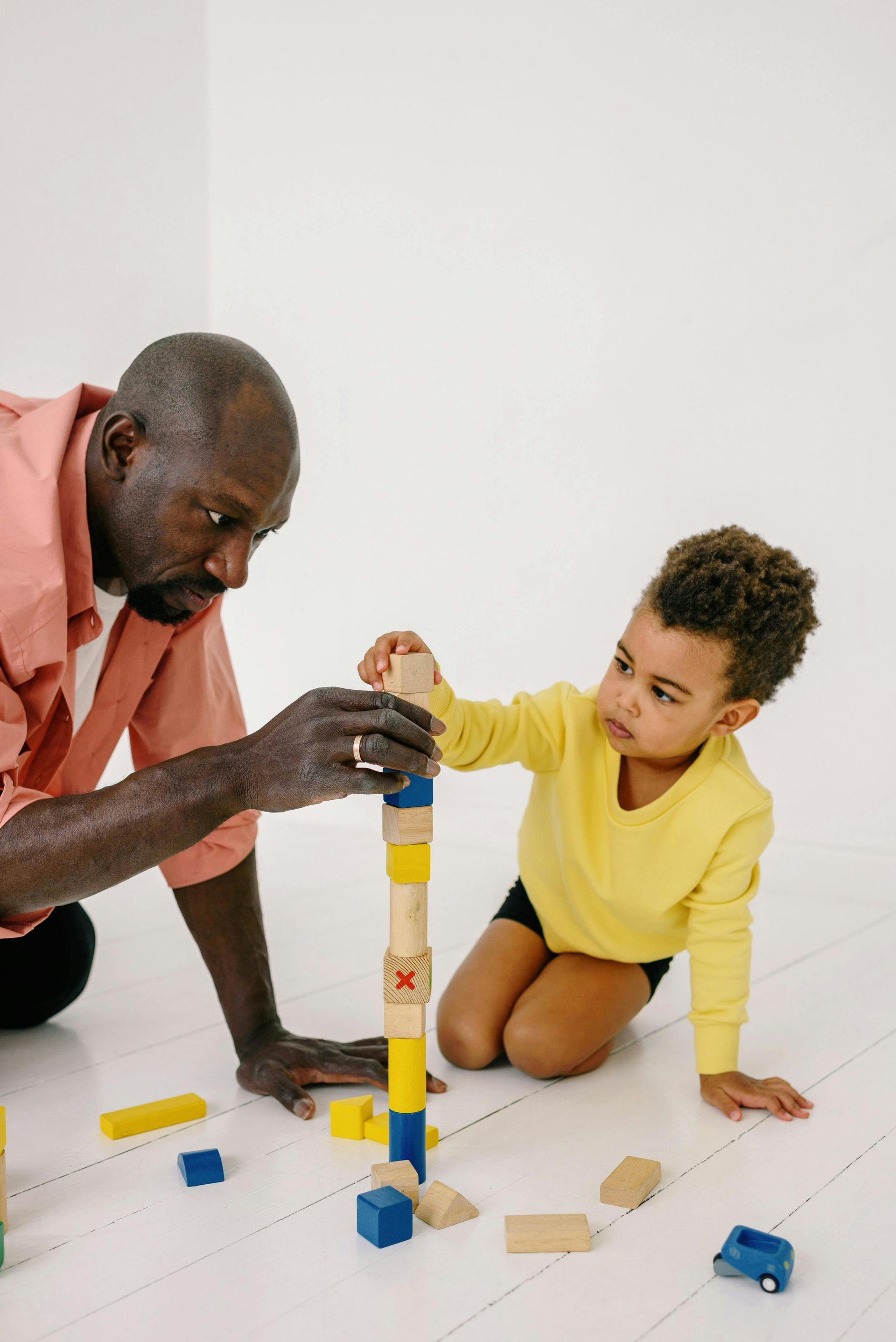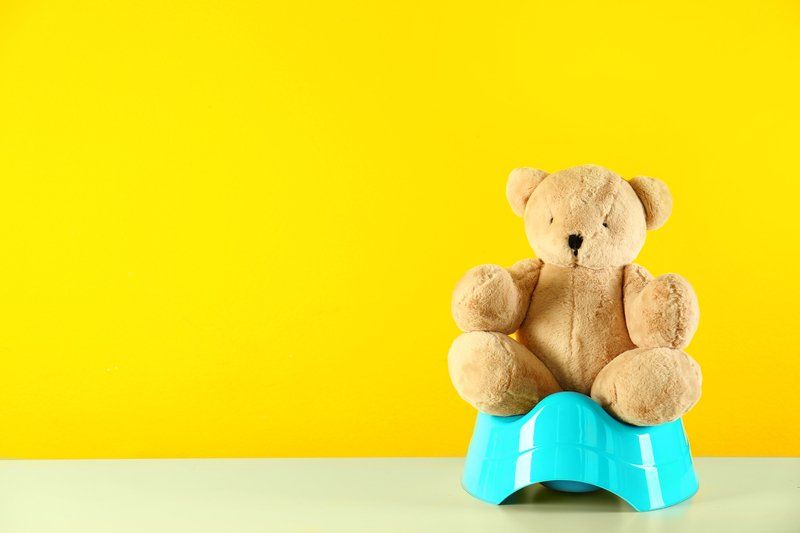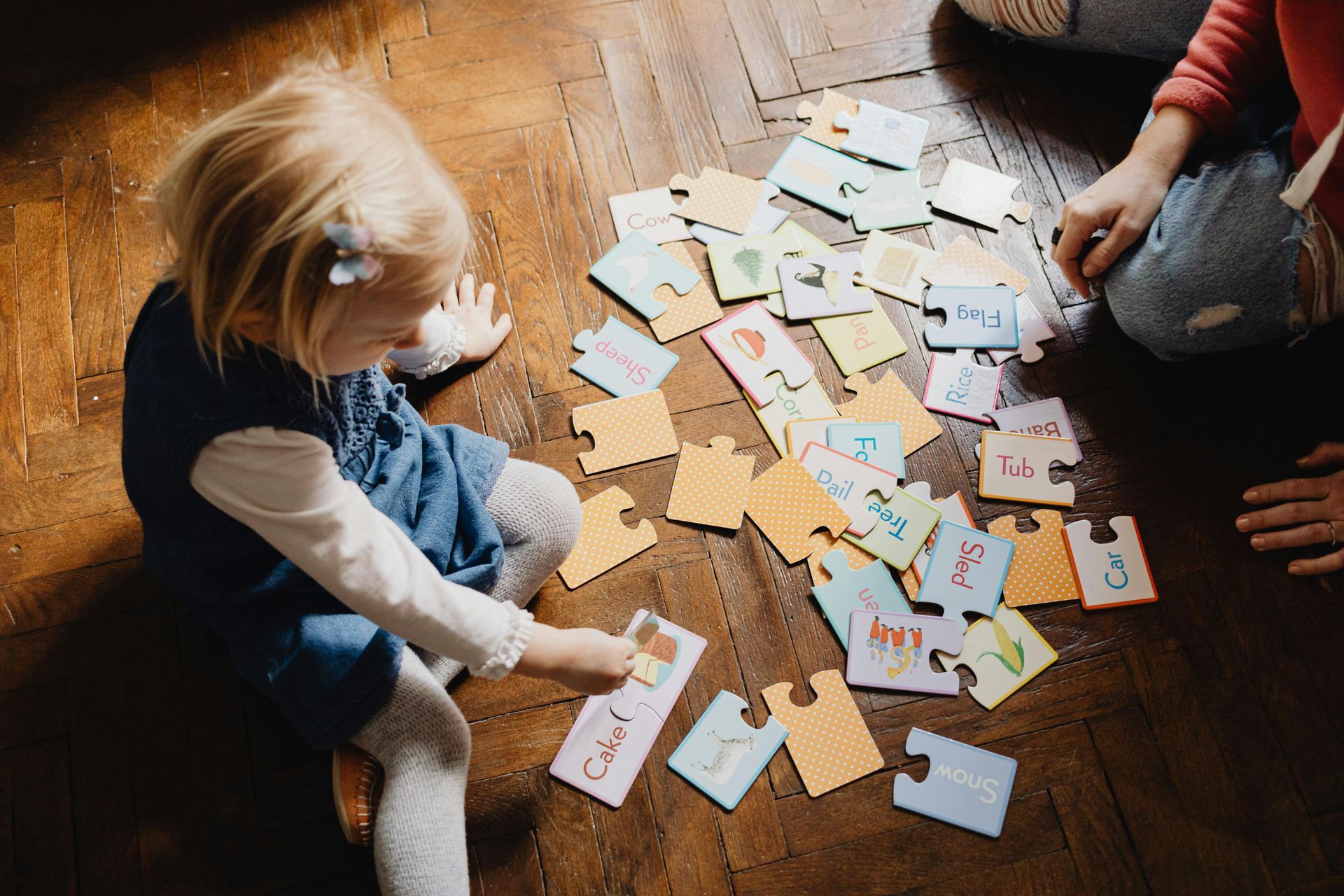Behavior Chaining Forward vs Backward Chaining
Behavior Chaining Forward vs Backward Chaining
For individuals with autism, many things may be challenging to comprehend. This includes facial expressions, body language, and subtext. Learning how to complete specific tasks may be a challenge as well because a child with autism may not understand all of the separate steps which make up the task as a whole.
Behavior chaining involves the breaking down of a task into individual steps. These steps are then taught, practiced, and reinforced as, all the while, the child becomes more and more independently successful.
There are two types of behavior chaining: forward chaining and backward chaining. Through an understanding of both, you will be better equipped to support your child with autism as they grow and work on new skills.
What is Forward Chaining?
With forward chaining, the first discrete piece of the task is taught and the child is then given a reward or reinforced upon completing that one step correctly. At this point, the therapist moves on to the second step in the chain and then the third, and so on, repeating the technique until the entire task has been taught, reinforced, and eventually—after several iterations—mastered.
In other words, forward chaining works to build on steps in order one at a time. The goal is to get to a point where the child can complete the task from beginning to end with no prompting necessary.
What is Backward Chaining?
Though their ultimate goals are the same, the backward chaining approach differs from forward chaining in one major way. In backward chaining, an ABA therapist will begin by guiding the child through the entire task, from beginning to end, one step at a time, stopping at the final step.
Then the child begins to tackle the last step. As soon as they are successful with that final step, they receive reinforcement. Then the therapist will start going through the task again, from the very first step, stopping this time at the second-to-last step. The child is now prompted to do the second-to-last and final steps on their own, and is reinforced or rewarded for doing so.
In this way, the process continues as the ABA therapist connects each new step learned to the steps that follow until the whole task can be completed independently.
Which is Best?
Both forward and backward chaining have their pros and cons. For example, forward chaining gives the child a feeling of success from the very beginning upon mastering that first step, whereas backward chaining first gives the child the satisfaction of completing the most gratifying step—the final one!
One type of chaining is not necessarily better than the other; rather, some tasks may be better suited for one type of chaining. Likewise, some children respond better to forward chaining than backward chaining or vice versa. For this reason, the type of chaining used is one of the many decisions an ABA therapist will make on a case-by-case basis, depending ultimately on the needs of your child.
Contact Positive Reinforcement today for ABA therapy servicing North Virginia, West Virginia. Now providing In home ABA Therapy Services in Richmond Virginia.
